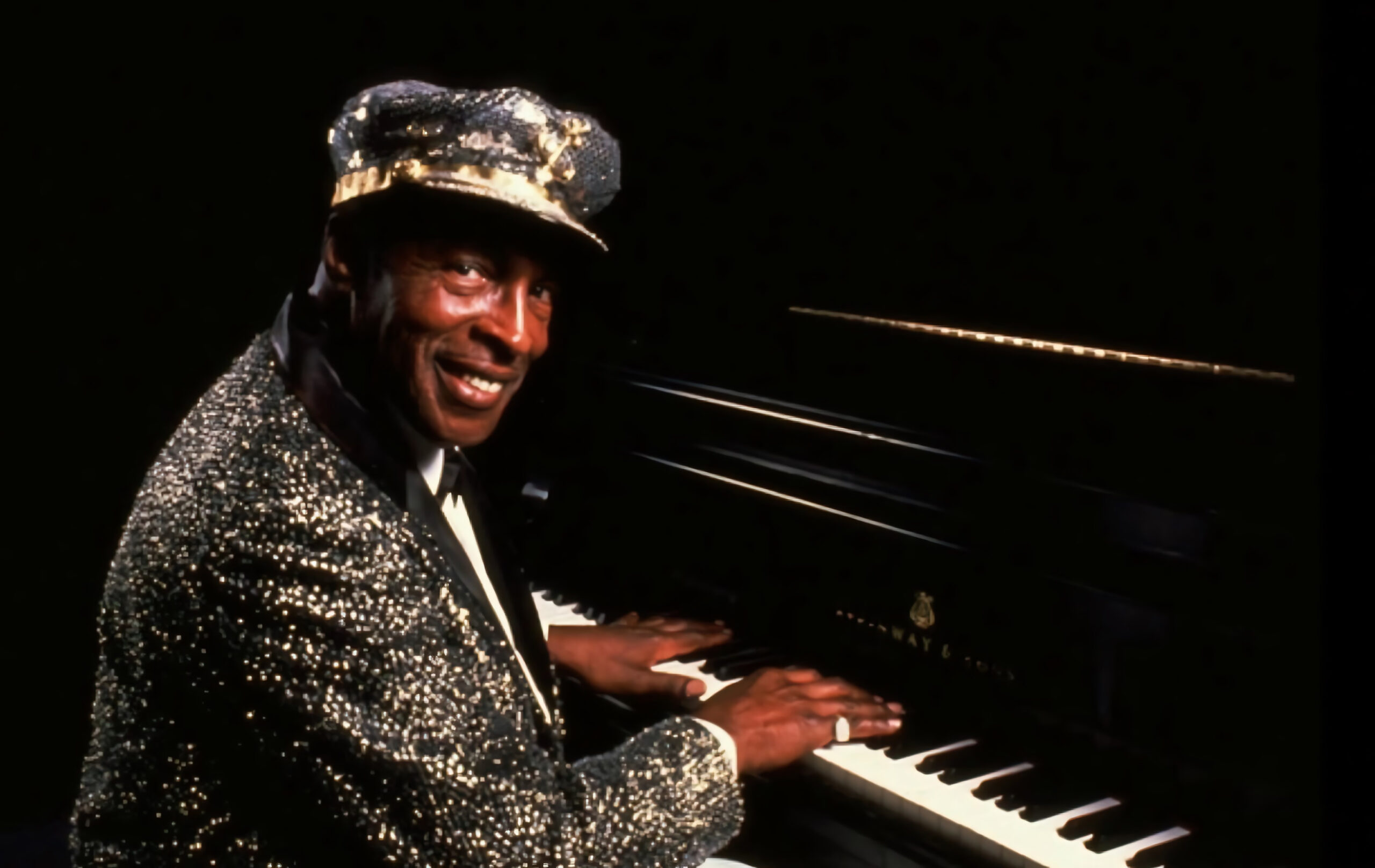Charles Brown: Overview and Impact
Introduction
Charles Brown was an American blues and R&B singer and pianist, renowned for his smooth, laid-back vocal style and sophisticated piano playing. He made significant contributions to the post-war blues and R&B scenes, particularly in the 1940s and 1950s, with a career that spanned several decades.
Early Life and Career Beginnings
Early Life
Charles Brown was born Tony Russell Brown on September 13, 1922, in Texas City, Texas. He showed an early aptitude for music, learning classical piano before transitioning to blues and jazz. Brown graduated from Prairie View A&M University with a degree in chemistry, but his passion for music led him to pursue a career as a musician.
Career Beginnings
In the early 1940s, Brown moved to Los Angeles, where he joined Johnny Moore’s Three Blazers. The group’s smooth, West Coast blues style quickly gained popularity, and they became one of the most influential R&B acts of the time.
Rise to Fame
Johnny Moore’s Three Blazers
Brown’s tenure with Johnny Moore’s Three Blazers was marked by several hits, most notably “Driftin’ Blues” (1945), which became a major success and a blues standard. His smooth vocals and elegant piano playing set him apart from his contemporaries, establishing him as a significant figure in the R&B genre.
Solo Career
In 1948, Brown embarked on a solo career, achieving success with hits like “Trouble Blues” (1949), “Black Night” (1951), and “Hard Times” (1952). These songs highlighted his ability to convey deep emotion through his music, earning him a loyal following.
Musical Style and Innovations
Sophisticated Blues and R&B
Charles Brown’s music is characterized by its sophisticated blend of blues, jazz, and R&B. His smooth, relaxed vocal delivery and refined piano style created a distinct sound that influenced many artists in the genre.
Lyrical Themes
Brown’s lyrics often dealt with themes of heartache, loneliness, and longing, resonating with audiences who found solace and connection in his music.
Major Albums and Hits
- “Driftin’ Blues” (1945): With Johnny Moore’s Three Blazers, a classic that remains a blues standard.
- “Trouble Blues” (1949): A major hit that topped the R&B charts.
- “Black Night” (1951): One of his most famous songs, showcasing his melancholic style.
- “Hard Times” (1952): Another top R&B hit that solidified his reputation.
Impact and Legacy
Influence on Music
Charles Brown’s influence extends beyond blues and R&B, impacting jazz and rock and roll. His smooth vocal style and sophisticated piano playing influenced a generation of musicians, including Ray Charles, Sam Cooke, and Nat King Cole.
Cultural Significance
Brown’s music played a crucial role in the development of the West Coast blues sound. His ability to blend blues with jazz and R&B elements helped shape the musical landscape of the 1940s and 1950s.
Recognition and Awards
- Blues Hall of Fame: Inducted in 1996 for his contributions to the genre.
- Rock and Roll Hall of Fame: Recognized for his influence on early rock and roll music.
- National Rhythm & Blues Hall of Fame: Honored for his enduring impact on R&B music.
Continued Influence
Even after his peak commercial success, Brown continued to perform and record, influencing new generations of artists. His timeless songs remain staples in the blues and R&B repertoires.
Later Years and Death
In the later years of his career, Brown experienced a resurgence in popularity, performing at major blues festivals and receiving accolades for his contributions to music. He passed away on January 21, 1999, in Oakland, California, leaving behind a rich legacy that continues to inspire musicians and fans alike.


Leave a Reply